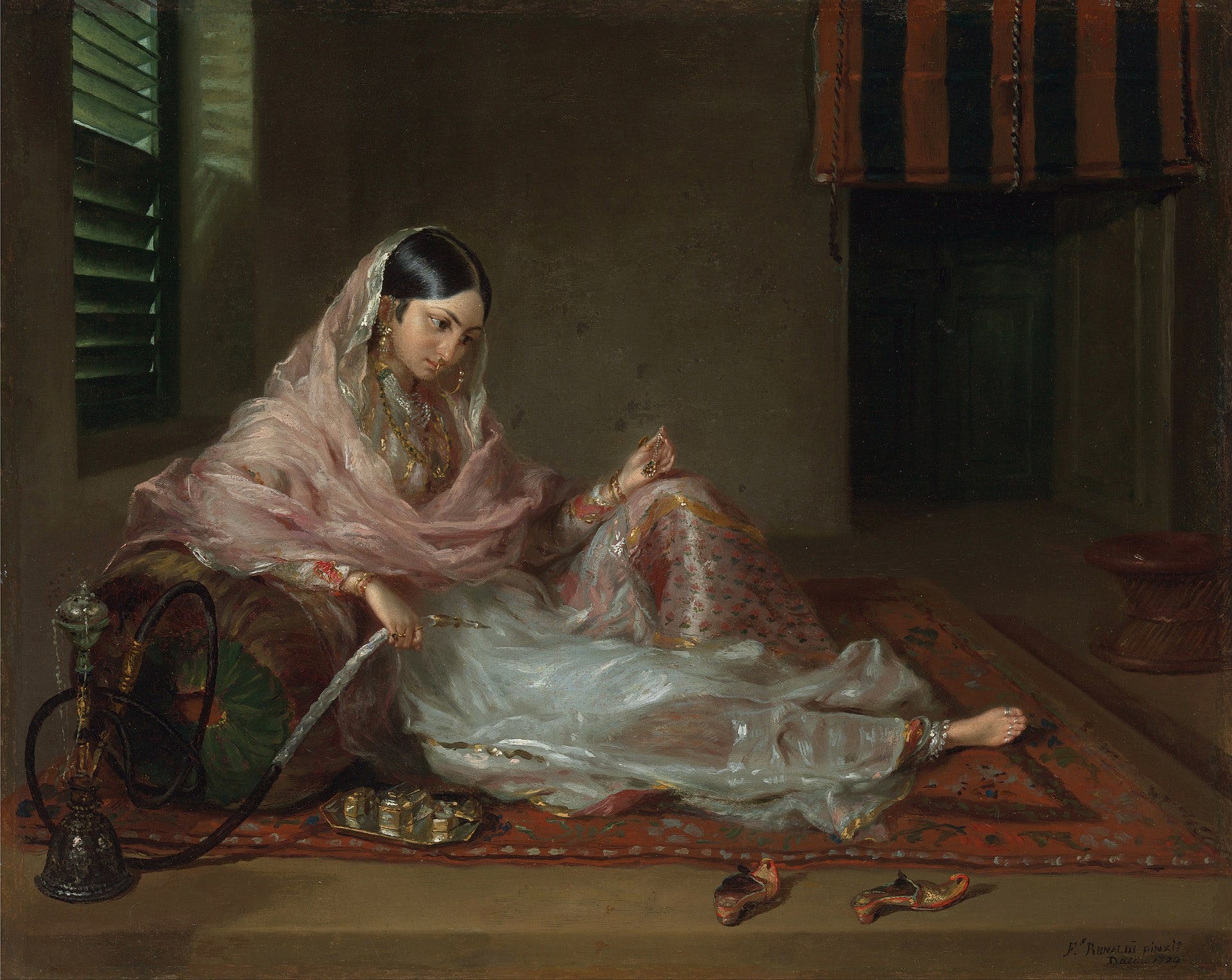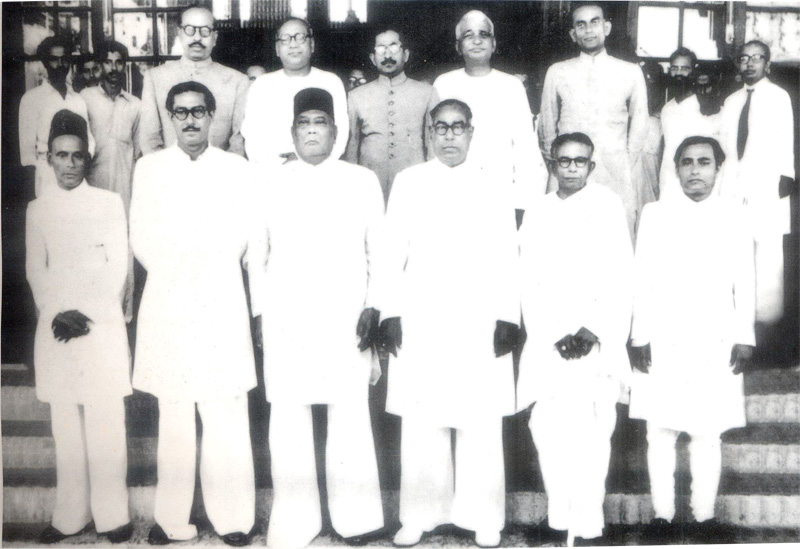Voices from the Heart of the City

Stories of Residents of Old Dhaka: Voices from the Heart of the City
Old Dhaka, a city steeped in history, is not just defined by its ancient buildings and bustling markets but also by the countless stories of its residents who have lived through the changing tides of time. The stories of Old Dhaka’s people, spanning generations, offer a window into the soul of this vibrant city. From merchants to artists, from freedom fighters to everyday citizens, the lives of these residents have shaped the culture and identity of Old Dhaka.
Here are some captivating stories of residents whose experiences reflect the essence of Old Dhaka.
1. The Muslin Weaver’s Legacy
In the 17th and 18th centuries, Old Dhaka was known worldwide for its exquisite Muslin fabric. Among the many skilled artisans was Karim Uddin, a master weaver from a family that had been producing Muslin for generations. Karim's story is one of craftsmanship, perseverance, and eventual heartbreak. He had inherited the family trade from his father and continued the tradition of weaving the fine, hand-spun cotton fabric, known for its lightness and intricate patterns.
As demand for Muslin grew, Karim’s family prospered, their work admired by Mughal emperors and European traders alike. However, the decline of Muslin production in the 19th century, due to British colonial policies that favored European textiles, left Karim and his fellow weavers struggling. Despite this, Karim continued to weave, preserving the art form even when its commercial value waned. His story is one of resilience, symbolizing the rise and fall of Dhaka’s once-thriving Muslin industry, but also a testament to the artisans who kept the tradition alive despite adversity.
2. Begum Lutfunnessa: A Pioneer of Women’s Education
Begum Lutfunnessa was a pioneering figure in Old Dhaka’s push for women’s education in the early 20th century. Born into a conservative family, she was one of the few women of her time who fought against societal norms to receive an education. Inspired by Begum Rokeya’s efforts, Lutfunnessa went on to establish informal schools for girls in her own neighborhood, believing that education was the key to empowerment.
Her school started in a small room in her home, but soon grew as more families allowed their daughters to attend. Over the years, Begum Lutfunnessa’s efforts transformed the lives of many young girls, who went on to become educators, writers, and social activists. Her story is one of courage and determination, as she paved the way for women’s rights in a time when such ideas were not widely accepted in Dhaka.
3. Abdul Malek: The Rickshaw Puller with a Dream
Abdul Malek has spent most of his life navigating the narrow streets of Old Dhaka, pedaling his rickshaw through the chaos and color of the city. For over 30 years, Malek’s story has been intertwined with that of Old Dhaka’s residents. He knows every alley, every shortcut, and has ferried everyone from students to businessmen, wedding parties to market vendors. But beyond his daily work lies a dream that has kept him motivated.
Malek’s lifelong goal has been to ensure a better life for his children. Though he did not have the opportunity for formal education, he worked tirelessly to send his two sons to school. His eldest is now a university graduate, and his youngest is following in his footsteps. Malek’s story is not just one of hardship, but of hope—a reminder of the aspirations that drive the residents of Old Dhaka to push forward, no matter their circumstances.
4. Sultana’s Café: A Hub for Artists and Revolutionaries
In the 1960s and 1970s, Sultana Begum’s small café in the heart of Old Dhaka became a gathering place for artists, poets, and political activists. Known simply as "Sultana’s Café," it was a space where ideas flourished and movements were born. Sultana herself, a widow who had inherited the café from her late husband, had no idea that her little tea shop would become a hotbed for revolutionary thought and creativity.
During the Language Movement of 1952 and the Liberation War of 1971, Sultana’s Café was frequented by activists who discussed strategy, shared news, and found solace in one another’s company. Many of the cultural icons of the time, including writers and musicians, also gathered there, fueling a cultural renaissance in the city. Sultana’s story is one of quiet influence—though not a politician or activist herself, she created a space where history was made.
5. Jainul Abedin: The Calligrapher of Husaini Dalan
Jainul Abedin, a master calligrapher, has dedicated his life to adorning the walls of Husaini Dalan, one of Old Dhaka’s most important religious sites for the Shia Muslim community. For generations, Jainul’s family has been responsible for preserving the intricate Islamic calligraphy that decorates the building, a symbol of the cultural and religious diversity of Old Dhaka.
Jainul’s work is meticulous and rooted in deep spirituality. His father taught him the ancient techniques, and Jainul has passed them on to his own children. His story is one of devotion—not just to his craft, but to the history and religious traditions that his family has been a part of for centuries. In a city where modernity often clashes with tradition, Jainul’s calligraphy represents a link to Old Dhaka’s timeless heritage.
6. Razia Khatun: The War Heroine
Razia Khatun’s life changed forever in 1971 during the Bangladesh Liberation War. As a young woman in Old Dhaka, Razia joined the Mukti Bahini (Liberation Army) to fight against the oppressive regime of West Pakistan. She worked as a nurse, treating wounded freedom fighters in secret shelters and homes across the city. Despite the dangers, she remained committed to the cause of independence, risking her life to save others.
Razia’s story, like that of many women who contributed to the war effort, is one of bravery and sacrifice. After the war, she continued to work for the welfare of war victims, particularly women who had suffered during the conflict. Her story reflects the courage and determination of Old Dhaka’s residents during one of the most tumultuous periods in the city’s history.
Conclusion
The stories of Old Dhaka’s residents offer a glimpse into the resilience, creativity, and strength that have defined the city for centuries. From artisans preserving ancient crafts to revolutionaries fighting for freedom, the people of Old Dhaka are as diverse and dynamic as the city itself. These stories remind us that Old Dhaka is not just a place of historical monuments and busy streets, but a living, breathing community of individuals whose lives and experiences continue to shape its future.
In the heart of the city, the legacy of its people endures, woven into the fabric of Old Dhaka’s vibrant and evolving story.
What's Your Reaction?














